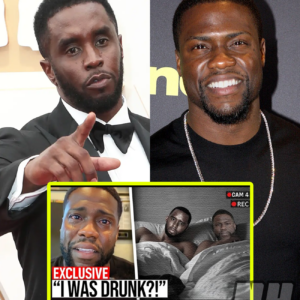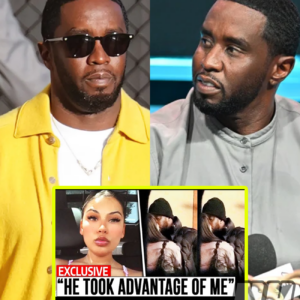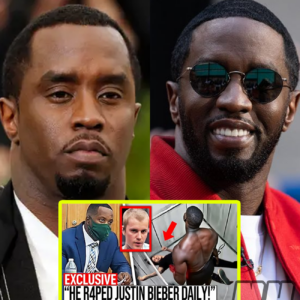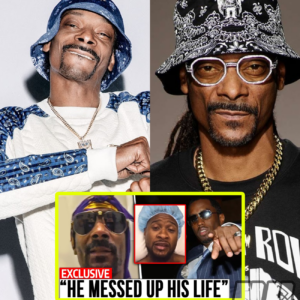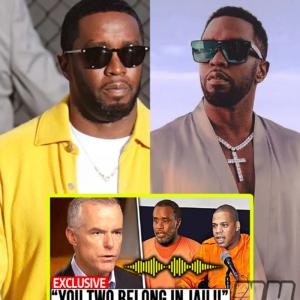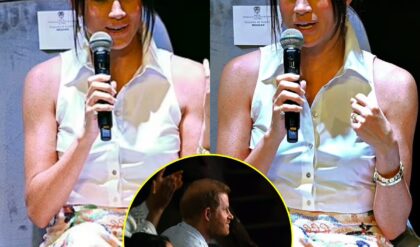Unpacking the Controversy: The Trump Verdict and Claims of Novelty

The recent conviction of former President Donald Trump has reignited a blend of old and new controversies. The debate around the supposed novelty of the prosecution has been longstanding, but it’s crucial to distinguish between a novel legal theory and a novel defendant. The true innovation here lies in the latter, not the former. As the discourse evolves, claims about the clarity and fairness of the trial’s process have emerged, particularly concerning the specificity of the charges and the notice given to Trump.
The Core of the Controversy
At the heart of this controversy is the assertion that Trump was not properly informed about the specifics of his charges, particularly the unlawful means he allegedly employed. Critics argue that the lack of specificity in the indictment violates fundamental legal principles. This argument has gained traction through various media discussions, suggesting that Trump could claim ignorance about what he was convicted of.
The Binary Nature of the Verdict
The simplicity of the verdict form, which required a binary choice—guilty or not guilty—has been scrutinized. Commentators like Michael Smerconish and Elie Honig have posited that this simplicity obscures the complexity of the underlying charges. They argue that the lack of detailed information about the unlawful means in the indictment and the jury instructions creates ambiguity about what Trump was found guilty of.
Understanding the Indictment and Jury Instructions
Trump’s conviction centered on the falsification of business records with the intent to further another crime. The jury was presented with three potential underlying crimes: falsification of business records, tax fraud, and federal election campaign finance violations. Importantly, the law does not require the jury to unanimously agree on which specific crime Trump intended to further, only that they unanimously agree that he committed the crime of falsifying business records with such intent.
Addressing the Claims of Lack of Notice
Honig’s argument hinges on the claim that the indictment’s failure to specify the exact unlawful means violates Trump’s right to proper notice. However, this interpretation conflates the need for a defendant to know the charges against them with the requirement to detail every possible method by which the crime could have been committed. The indictment provided sufficient information about the nature of the charges, aligning with standard legal practices.
Legal and Procedural Precedents
To contextualize this, consider the analogy of a first-degree sexual assault charge. In many jurisdictions, first-degree sexual assault might be defined by various means such as force, threats, or incapacitation. An indictment does not need to specify which exact method was used; it only needs to state the charge. The prosecution must then provide evidence for these methods during the trial, and the jury can convict based on any combination of them. Similarly, in Trump’s case, the prosecution laid out potential unlawful means, and the jury found sufficient evidence to convict on the overarching charge.
The Spin on the Verdict
The discourse around the verdict has been shaped by strategic interpretations and spins. Smerconish’s and Honig’s discussions suggest that Trump’s lack of knowledge about the specifics of his conviction could undermine the verdict’s legitimacy. However, this argument overlooks the legal standards that differentiate between knowing the charges and knowing every detail of the means.
The Path Forward: Appeals and Legal Arguments
Conclusion
The controversy surrounding Trump’s conviction is rooted in a blend of legal interpretation and media spin. Claims that he was not properly informed of his charges misrepresent the legal standards for indictments and jury instructions. As this case progresses through appeals, the focus will likely remain on these procedural arguments. However, the core of the matter remains clear: Trump was convicted for falsifying business records with the intent to commit another crime, a charge for which he was duly notified and tried according to legal standards. The ongoing debate highlights the intersection of legal processes and public perception, emphasizing the importance of clear and accurate legal communication
News
(VIDEO) Celebs that P Diddy EXPLOITED for Cash
P Diddy and the Dark Side of the Entertainment Industry The entertainment industry is no stranger to scandal and controversy, but the recent revelations surrounding P Diddy (Sean Combs) have brought to light a web of disturbing allegations and connections…
(VIDEO) Kevin Hart IN TEARS After New Leaks EXPOSE Him At Diddy’s After Parties!!
Kevin Hart: A Complex Journey Through Fame, Scandal, and Personal Growth Kevin Hart, the renowned comedian and actor, has led a life marked by both incredible professional success and deeply personal scandals. His journey from selling sneakers to becoming one…
(VIDEO) “He Ruined My Life” Former Diddy Employees TEAM UP To EXPOSE Him!
The Dark Side of Fame: Allegations Against Diddy and the Revelations from Former Employees The music industry is often glamorized for its glitz and glamour, but behind the scenes, it can harbor dark secrets and troubling behavior. Recently, Sean “Diddy”…
(VIDEO) “He’s Why Justin Bieber Is DEPRESSED!” Undercover FBI Agent EXPOSES Diddy
The Tumultuous History of Snoop Dogg, P. Diddy, and the East Coast-West Coast Rivalry Hip-hop history is fraught with feuds, friendships, and ever-changing alliances. Central to many of these stories are iconic figures such as Snoop Dogg and P. Diddy…
(VIDEO) “Diddy Did Usher Dirty Forever” Snoop Dogg EXPOSES Sean Combs!
The Tumultuous History of Snoop Dogg, P. Diddy, and the East Coast-West Coast Rivalry Hip-hop history is fraught with feuds, friendships, and ever-changing alliances. Central to many of these stories are iconic figures such as Snoop Dogg and P. Diddy…
(VIDEO) Undercover CIA Agent EXPOSES Diddy & Jay Z!
The Fall of P. Diddy: A Dismantling of Credibility and the Unfolding Legal Crisis Introduction In recent years, Sean “P. Diddy” Combs has found himself at the epicenter of numerous controversies and legal battles that have significantly tarnished his once-polished…
End of content
No more pages to load

